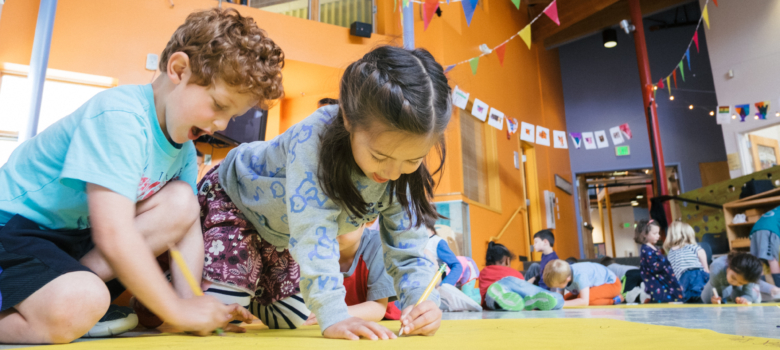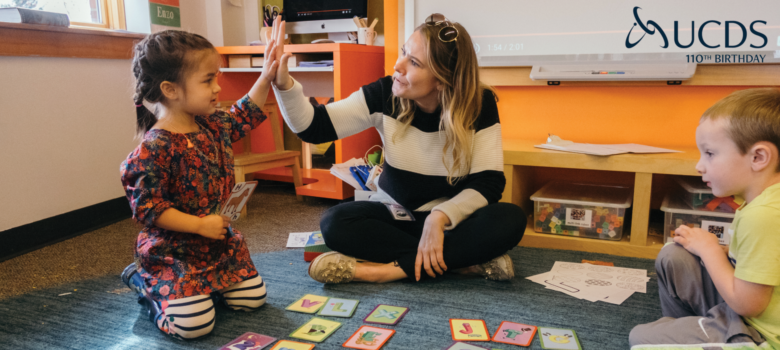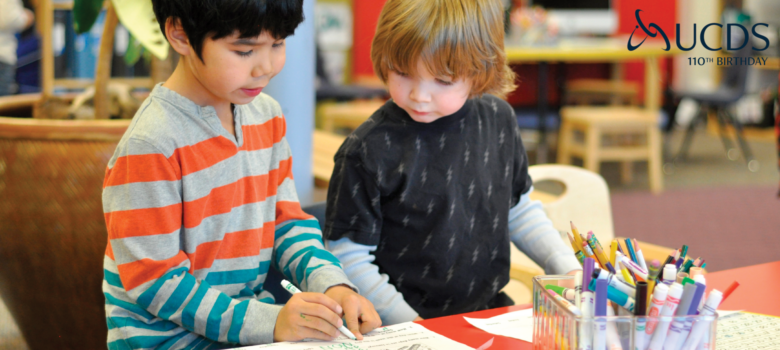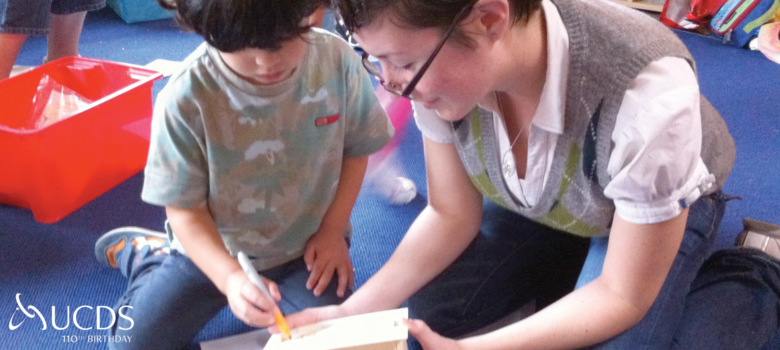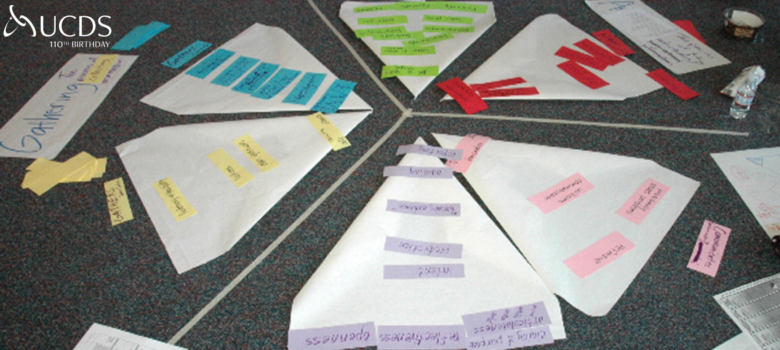by Abby Sandberg, PhD
It is October and school has been in session for seven weeks, 35 school days to be exact. Walking into an Early Elementary classroom, I am fascinated. At one table, students are carefully counting out blocks and sharing their excitement of how they are problem solving to help out the Read Aloud characters. In another corner of the classroom, students are deeply engaged in Explorations, as they collaboratively build tall towers with Magna-tiles and create “homes” for a myriad of animals. As a clean-up announcement is made, an energetic whirlwind ensues. Blocks make their way into bins, tables become cleared, and one-by-one students shuffle off to wash hands, grab their snacks, and sit down at tables to chat with one another and reflect on the morning’s activities.
Although this might seem like a typical classroom scene, I must remind myself we are a mere 35 days into school. Students who, on day one, knew very little about their new classroom community, are fully engaged in the routines of the day. You can hear them delight in their discoveries and relish in the independence and ownership they have over their school experience. Since Convocation, I have turned one page in my monthly calendar and here we are, a fully functioning Labyrinth community.
Young children are amazing beings. They are curious, creative, and full of individual personality. A child’s development skyrockets during their first three years of life. Their brains, which have reached 80% of adult size at age three, are forming connections at lightning speed. Since birth, these connections are formed at a faster rate than at any other time during life. Think back to 2015. It seems just like yesterday, right? Can you believe that our youngest UCDS students were just making their grand entrance into the world during that year? Now, just three years later, we have independent thinkers who can successfully carry themselves throughout full days at school. Children, who just three short years ago, were hearing language for the first time are now verbally expressing their wants and needs, and using those words to problem solve with peers. Babies who were simply learning that their hands and feet belonged to them, are now children who run and climb with friends on the playground. Now, in just 35 short days, our new students have evolved into engaged members of their classroom communities. They know a whole host of new people, transition throughout the school with independence, and are learning how to advocate for their needs. In addition, their innate curiosity continues to propel them into academic discoveries and allows them to flex their critical thinking muscles. While teachers certainly support this development, a preschooler’s ability to manage this barrage of new information is extremely impressive.
As teachers and parents, we know that creating an environment for this development to flourish is of key importance. We embrace the idea that young children can do big thinking and we provide opportunities for kids to grapple with complex ideas and try things that are still a bit outside their current skill set. Children soak up these experiences, making new neural connections and refining those pathways already established.

